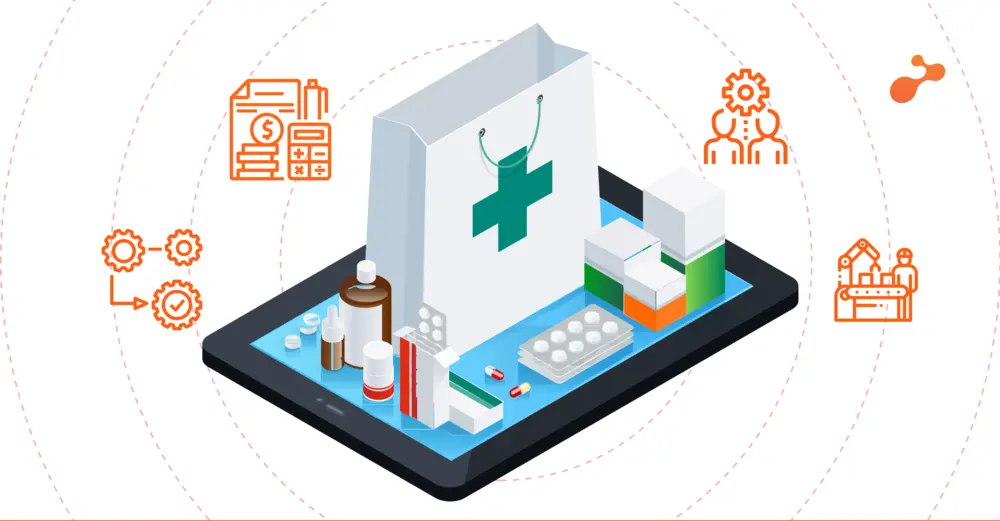The growth of digital platforms now revolves mostly on personalisation, and businesses everywhere are evolving to satisfy changing consumer expectations. The healthcare industry in particular has achieved incredible progress in this domain. One particularly notable example is the application of PBM technology, a system meant to simplify pharmacy benefit management by means of data-driven customised medicine and treatment recommendations for every patient.
In healthcare, solutions like PBM technology have driven personalization to unprecedented levels. By customizing website experiences depending on user behavior, interests, and interaction patterns, WordPress developers are currently striving to replicate this. The demand for dynamic, data-driven, configurable user experiences is only growing as content management systems extend beyond static templates.
Personalisation in Healthcare: A Proven Framework

Despite being one of the most data-sensitive and heavily regulated industries globally, healthcare has successfully implemented personalisation on a massive scale. PBM and other technologies such as DrChrono RCM solutions, are designed to examine enormous amounts of patient data, therefore guaranteeing accurate and successful treatment options. These technologies create a predictive and real-time personalised model by including everything from medical history to drug interactions.
This idea has use beyond medicine as well. For those working on WordPress, the primary takeaway is how customization improves experience as well as outcome. Showing the right material is more important than showing users more content. This same reasoning can—and should—be used for websites run on WordPress, where dynamic content distribution is driven by user data, page history, and interaction metrics.
WordPress and the Shift to Dynamic User Experiences
Websites using WordPress in the past often used static layouts and shared databases for content. Although still useful, this paradigm no longer satisfies current consumers, particularly in cutthroat markets like eCommerce, education, or digital publishing. As behavioral analytics plugins and artificial intelligence become more popular, WordPress has started to provide individualised user journeys that seem logical and intentional.

The shift involves using plugins that might monitor user behavior, handle cookies, or examine site searches. Software engineers are working on systems that will allow logged-in users to view personalised homepages, product recommendations, and blog entries based on their surfing history. These techniques turn WordPress from a content management system into a user experience engine.
The Role of Data in Shaping the Experience
Data integrity is one of the basic concepts of personalisation applied in various sectors. Inaccurate patient data may result in bad outcomes in healthcare. Inaccurate user data in digital settings might cause missed conversions or ineffective material meant to drive consumers away. Particularly in view of GDPR and related data privacy regulations, WordPress developers have to pay attention to how they gather, save, and use user data.
Compliance and security should never be compromised in the name of personalisation. For this reason, tools utilized in the healthcare industry—including PBM systems—become a powerful blueprint: They provide tailored options while nevertheless managing data safely. Using encrypted data storage, anonymized behavioural tracking, and clear user permissions will help users of WordPress follow this standard.
Looking Ahead: Opportunities for Developers

The movement toward more customized online encounters shows no signs of abating. For developers of WordPress, this offers a unique opportunity to create better, more user-centric websites. From learning management systems to online storefronts and membership sites, every digital property can profit from some degree of personalisation.
Proactive design, as opposed to reactive design, is the objective. Like PBM systems in healthcare predicting patient requirements, WordPress developers can use analytics and behavioural insights to predict what a visitor will want to see next—and then present it effortlessly. Higher engagement is only one outcome; increased retention and loyalty follow as well.
Final Thoughts
Personalisation is no longer a feature—it’s an expectation. While the healthcare sector has resorted to PBM and other technologies to enhance the patient journey, WordPress must keep continue to enhance the visitor journey. Developers and marketers can make sure their WordPress systems are future-ready, relevant, and extremely sensitive to personal user demands by drawing inspiration from fields where the stakes are high and the margin of error is small.
Read More: Webflow Translation Plugin: The Key to a Multilingual Website
Contact US | ThimPress:
Website: https://thimpress.com/
Fanpage: https://www.facebook.com/ThimPress
YouTube: https://www.youtube.com/c/ThimPressDesign
Twitter (X): https://twitter.com/thimpress